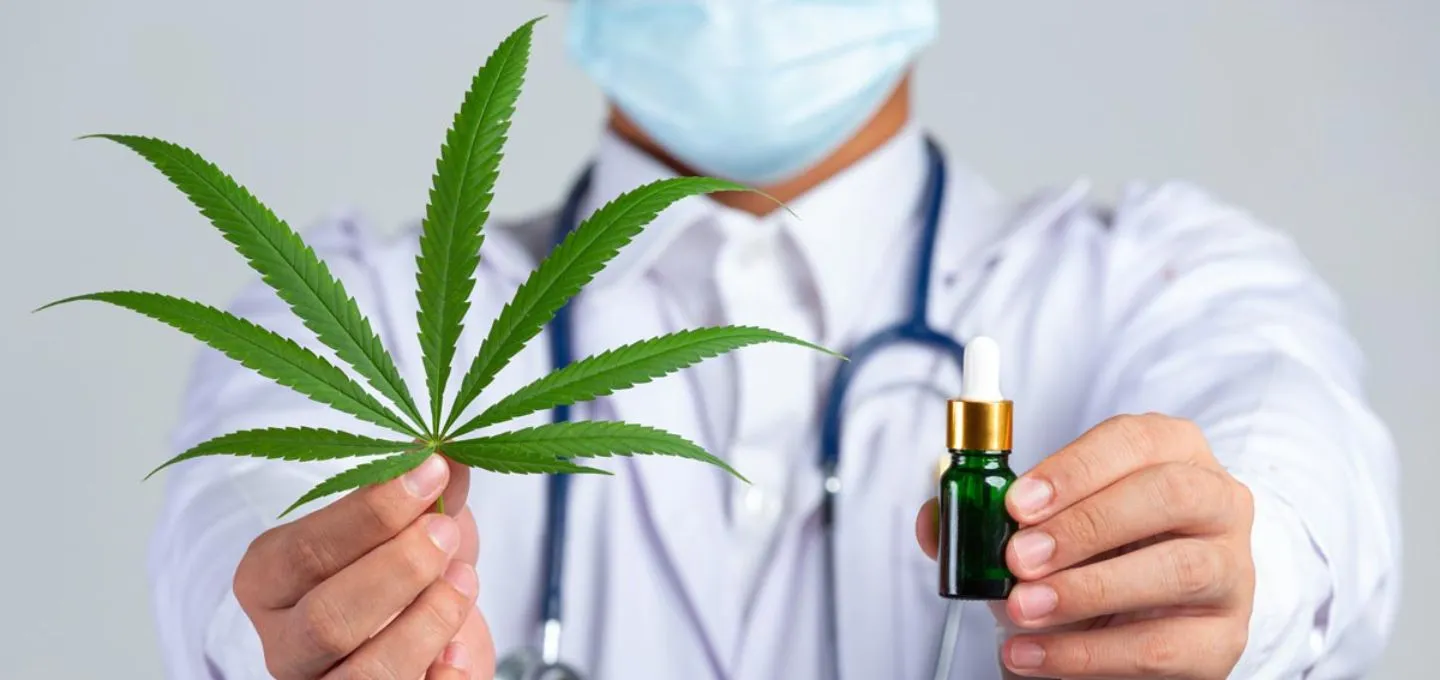Medical marijuana uses cannabis and its cannabinoids, like THC and CBD, to treat specific diseases.
It comes as dried flowers, extracts, tinctures, topicals, and foods.
Thirty-seven states allow medicinal marijuana.
What is medical marijuana?
Table of Contents
Medical marijuana involves using the cannabis plant to treat a medical condition or symptom.
Individual components like THC and CBD have shown therapeutic benefits. It is available with different CBD: THC ratios to tailor effects.
Licensed doctors prescribe medical marijuana to patients for treating qualifying conditions.
Benefits of medical marijuana
Research shows medical marijuana is effective for:
- Reducing chronic pain – Acts on cannabinoid receptors involved in pain modulation
- Improving appetite and reducing nausea – Interacts with brain receptors controlling nausea
- Reducing muscle spasms in multiple sclerosis – Has antispasmodic properties
- Improving sleep – Induces drowsiness and helps patients fall asleep faster
- Reducing anxiety – Has tranquilizing effects
- Improving PTSD symptoms – Reduces nightmares and improves sleep quality
- Controlling epileptic seizures – Interacts with brain receptors involved in seizure regulation
Difference between medical and recreational marijuana
While both come from the cannabis plant, the key difference is their intended use. Doctors recommend medical marijuana for particular conditions.
Recreational marijuana is used for euphoria and fun. Medical products are specially cultivated for ideal cannabinoid profiles and potencies.
Recreational products may have higher THC levels and a wider range of strains and flavors. Both are available in regulated markets.

 Fact Checked by Doctor Name
Fact Checked by Doctor Name